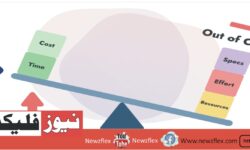The project sponsor keeps pushing for scope changes. Are you prepared to handle the impact on Agile delivery?
The project sponsor keeps pushing for scope changes. Are you prepared to handle the impact on Agile delivery? Agile projects are known for being adaptive. But what happens when the project sponsor keeps pushing for scope changes? Adjusting scope isn’t always about “being flexible”—it can trigger chaos if not managed carefully. This article on NEWZFLEX […]







